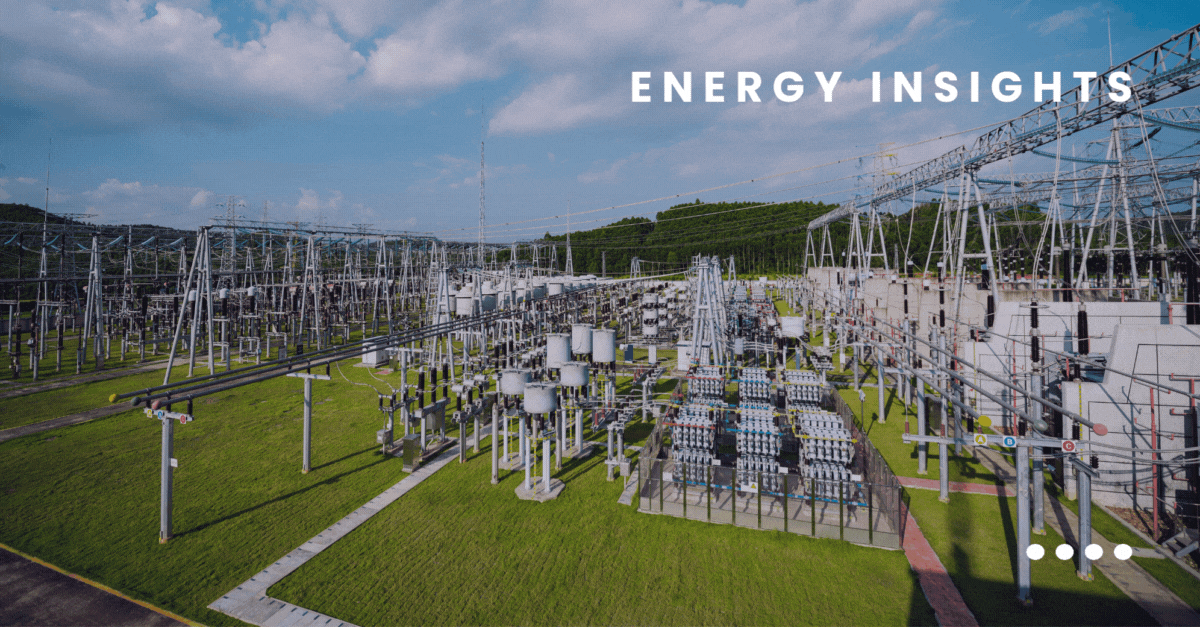
Germany’s electricity regulator has fired up the conversation on what could be a transformational shake-up of it's electricity grid fee structure, signalling a move away from static pricing and towards a model that better supports renewable integration and smarter consumption.
For Australia, where we face our own challenges in balancing affordability, sustainability and network investment, there’s much to consider. Germany’s reform agenda offers several takeaways Australia could learn from as we rethink our own grid fee structures.
The German Federal Network Agency has launched a formal consultation on redesigning its electricity grid fees. As it stands, German consumers bear a hefty portion of grid costs, equal to about 20% of their power bill. This contributes to some of the highest electricity prices in Europe.
The new grid fee proposals aim to:
There’s also a push to better integrate batteries and storage technologies, reflecting a broader strategy to make the grid more responsive, distributed, and efficient.
While Germany’s energy system and political landscape differ from Australia’s, parallels certainly exist. Like Germany, Australia is grappling with:
But Australia’s current grid fee and network tariff structures are still mostly tied to how much energy you use, not when you use it, or how it affects the grid. That leaves businesses and households with little incentive to shift their usage or help stabilise demand.
To be fair, Australia isn’t starting from scratch. There has been policy movement and infrastructure investment aimed at creating a smarter, more flexible grid, but progress has been slow and patchy.
The Australian Energy Regulator (AER) has encouraged distribution businesses to adopt more cost-reflective tariffs, like time-of-use and demand-based pricing, through its Tariff Structure Statement. These reforms are designed to align grid fee and tariff structures with usage patterns, but in reality, many businesses still face flat or volume-driven rates that don’t reflect their grid impact.
There has been progress on the infrastructure side, too. With support from ARENA and state-based initiatives, we’re seeing more investment in:
The foundations are there. What’s missing is scale and coordination. Reforms are currently inconsistent, and as a result, most people and businesses still don’t have the pricing cues or programs they need to change how they use energy.
At Utilizer, we believe Australia must now take the next step. That means moving beyond trial programs and towards a network and grid fee model that reflects how today’s electricity grid really works.
Reform efforts should:
When designed well, these grid fee reforms won’t just lower bills—they’ll enable smarter investment, support grid resilience, and accelerate the transition to a cleaner, more distributed energy system.
Australia has a window of opportunity to modernise our pricing frameworks in step with the energy transition. As we wait for further action from the AER and other bodies, energy users should begin preparing for a future where how and when you use energy matters just as much as how much.
At Utilizer, we’re already helping clients evaluate how tariffs affect their energy costs, and how smarter procurement, load flexibility and embedded technologies can turn the energy transition into a strategic advantage.
Want to learn more about navigating the future of network pricing? Contact our team for a tailored review of your current energy setup.
Explore our monthly market wraps for a comprehensive outlook on the Australian energy market, and start making smarter energy decisions.